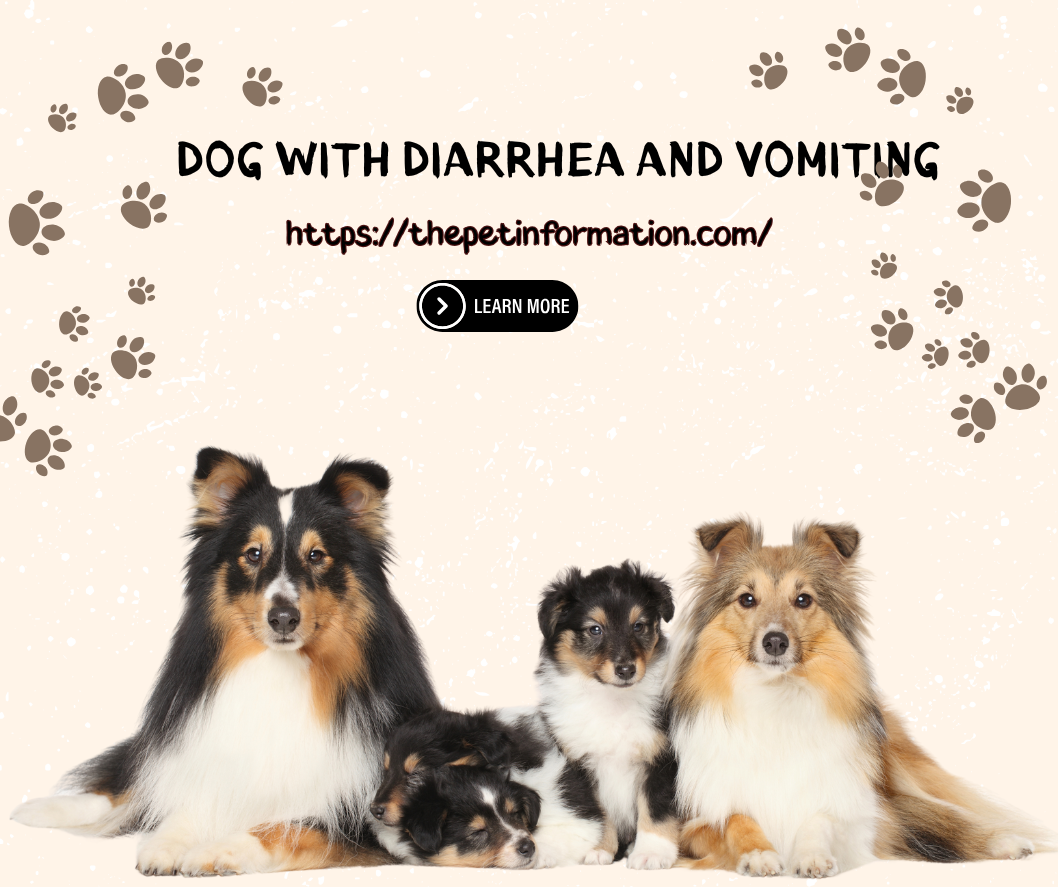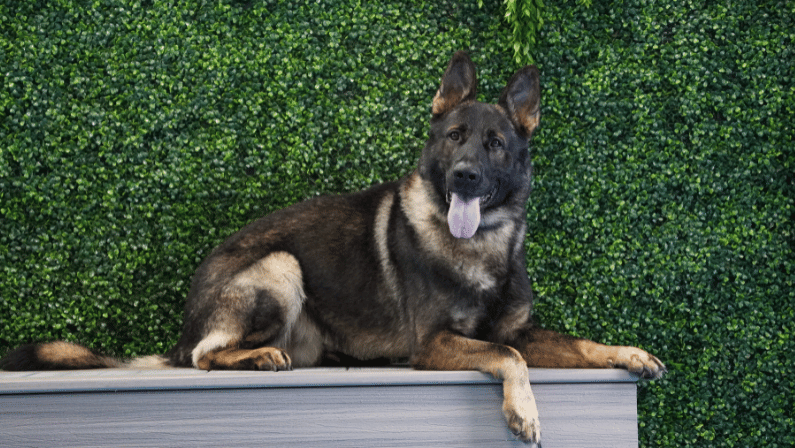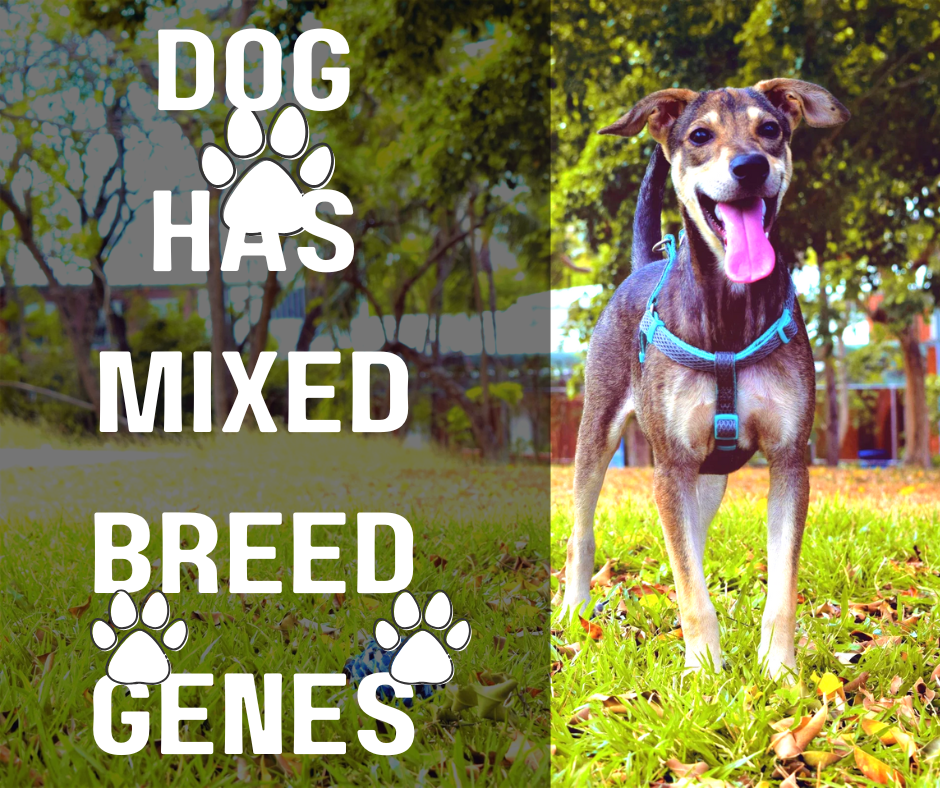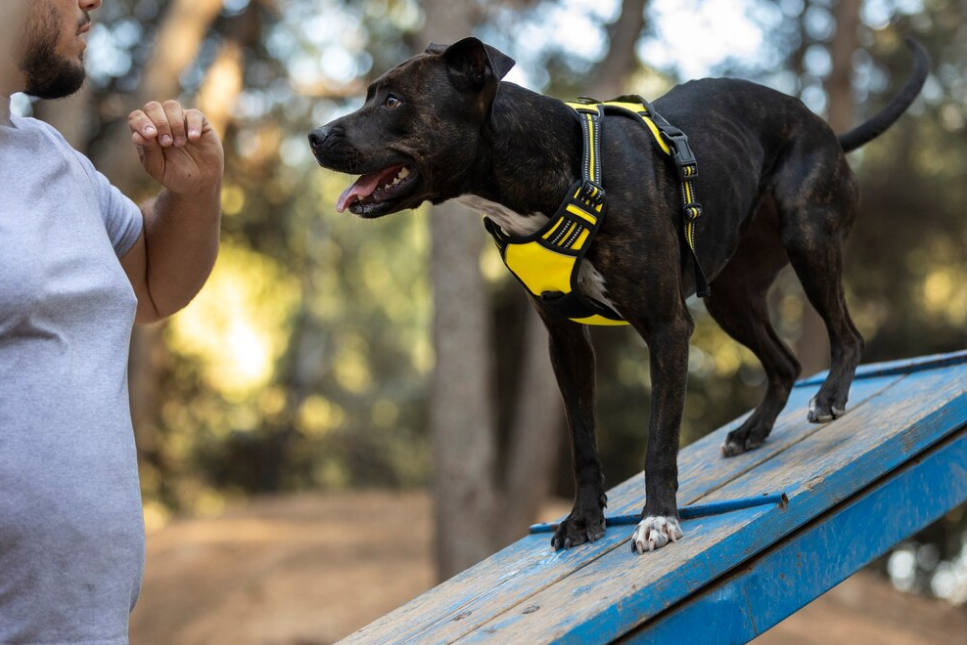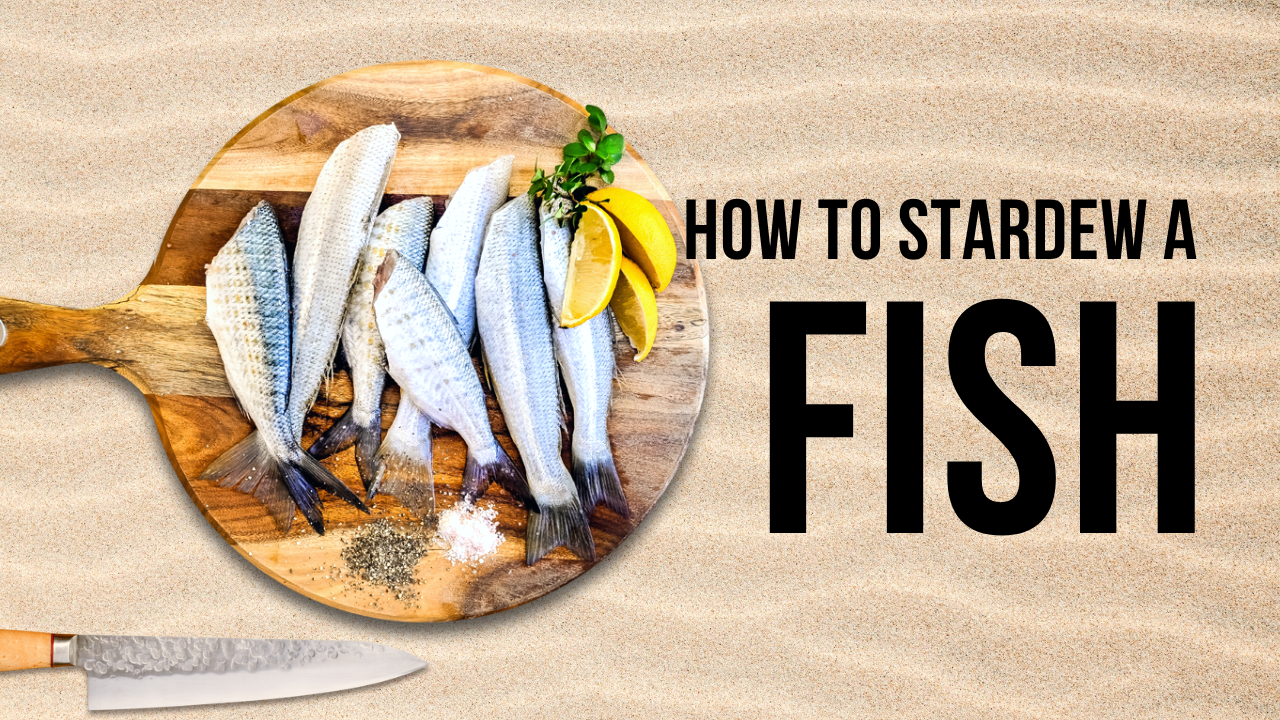When your dog is suffering from diarrhea and vomiting, it can be distressing for both of you. Understanding how to care for your pet during these episodes is crucial for their comfort and recovery. In this comprehensive guide, we’ll discuss what to give a dog with diarrhea and vomiting, potential causes, and when to seek veterinary assistance. By addressing these issues promptly, you can help your furry friend bounce back to their happy and healthy self.
Understanding the Causes of Diarrhea and Vomiting in Dogs
Diarrhea and vomiting are common symptoms in dogs, often caused by:
- Dietary Indiscretion: Consuming spoiled food or non-food items.
- Food Allergies or Intolerance: Reaction to certain ingredients in their diet.
- Infections: Bacterial, viral, or parasitic infections.
- Stress or Anxiety: Changes in environment or routine.
- Medical Conditions: Pancreatitis, inflammatory bowel disease, or liver issues.
- Toxic Ingestion: Exposure to harmful substances like chocolate or household chemicals.
Pinpointing the cause is essential for determining what to give a dog with diarrhea and vomiting.
Immediate Steps to Take
Before deciding what to give your dog, follow these immediate steps:
- Remove Food for 12-24 Hours: Allow your dog’s digestive system to rest. Ensure they have access to fresh water to prevent dehydration.
- Monitor Symptoms: Take note of the frequency and severity of vomiting and diarrhea, as well as any additional symptoms like lethargy or loss of appetite.
What to Give a Dog with Diarrhea and Vomiting
1. Rehydration Solutions
Dehydration is a significant risk when a dog experiences vomiting and diarrhea. Ensure they drink water frequently. You can also provide:
- Electrolyte Solutions: Products like Pedialyte (unflavored) can replenish lost electrolytes. Mix it with water in a 1:1 ratio.
- Broth: Plain, unsalted chicken or bone broth can encourage hydration.
2. Bland Diet
Once your dog can keep liquids down, introduce a bland diet to soothe their stomach:
- Boiled Chicken and Rice: A staple remedy for upset stomachs. Use skinless, boneless chicken and white rice.
- Mashed Potatoes: Plain and without butter or seasoning.
- Plain Pumpkin: Rich in fiber, it helps regulate digestion.
Feed small portions and observe how your dog responds. Knowing what to give a dog with diarrhea and vomiting will help prevent their symptoms from worsening.
3. Probiotics
Probiotics can restore healthy gut bacteria and aid recovery. Choose dog-specific probiotics or foods fortified with them, such as:
- Plain, unsweetened yogurt (in moderation).
- Veterinary-approved probiotic supplements.
4. Medications
Over-the-counter medications, like kaolin-pectin or bismuth subsalicylate, may help soothe the stomach. Always consult your veterinarian before administering any medication to ensure it’s safe for your dog. Kitten Oxytetracycline
What to Avoid
While deciding what to give a dog with diarrhea and vomiting, avoid:
- Fatty or Spicy Foods: These can irritate the stomach further.
- Dairy Products: Many dogs are lactose intolerant.
- Over-the-Counter Human Medications: Without veterinary guidance, these can be toxic.
Home Remedies
Some natural remedies can be effective for mild cases:
- Slippery Elm Bark: A herbal remedy that soothes the digestive tract. Mix with water to create a paste and offer it to your dog.
- Ginger Tea: Helps with nausea. Cool the tea before giving small amounts to your dog.
- Apple Cider Vinegar: Dilute with water and offer sparingly; it’s believed to have antibacterial properties.
When to Seek Veterinary Care
While mild cases often resolve with at-home care, some symptoms require immediate veterinary attention:
- Persistent vomiting or diarrhea lasting more than 24 hours.
- Blood in vomit or stool.
- Signs of severe dehydration, such as dry gums or lethargy.
- Abdominal pain or bloating.
- Unexplained weight loss or refusal to eat for more than a day.
Your veterinarian will assess the situation and recommend treatments such as anti-nausea medications, fluids, or further diagnostic tests.
Preventing Future Episodes
Understanding what to give a dog with diarrhea and vomiting is essential, but prevention is even better. Here’s how to reduce the likelihood of recurrence:
- Provide a Balanced Diet: Feed your dog high-quality food suitable for their age, size, and health.
- Avoid Table Scraps: Stick to dog-safe foods and avoid feeding them scraps from your plate.
- Secure Trash Bins: Prevent access to spoiled food or harmful substances.
- Regular Veterinary Checkups: Routine exams can catch underlying conditions early.
- Maintain a Stress-Free Environment: Sudden changes in routine or environment can upset your dog’s stomach.
Frequently Asked Questions
1. How long should I wait before reintroducing food?
Typically, after 12-24 hours of withholding food, you can begin with a bland diet in small, frequent meals.
2. Can puppies have the same remedies as adult dogs?
Puppies are more vulnerable to dehydration, so it’s crucial to consult a veterinarian before trying any remedies.
3. How do I know if my dog is dehydrated?
Signs include dry gums, sunken eyes, lethargy, and loss of skin elasticity. Gently pinch your dog’s skin; if it doesn’t quickly return to place, they may be dehydrated.
4. Can I use human probiotics for my dog?
While some human probiotics are safe, it’s best to use those specifically formulated for dogs to ensure proper dosage and effectiveness.
Final Thoughts
Knowing what to give a dog with diarrhea and vomiting is vital for their health and recovery. By addressing these symptoms promptly and providing appropriate care, you can alleviate their discomfort and prevent complications. Always monitor your dog closely and consult your veterinarian if you’re unsure about any aspect of their treatment. With proper care, your dog will be back to their energetic self in no time.

